
Have you ever spotted a shiny, green sphere tucked into a crack on a reef? If so, you may have seen a sea pearl, also known as bubble algae or sailor’s eyeballs. Sea pearls (Valonia ventricosa) are one of the largest – if not the largest – single cell organisms in the world! In other words, that fluid-filled sphere is actually one giant single cell (which can be 1-5 cm in diametre, and boasts multiple nuclei)!
Generally, macroalgae like sea pearls are classified into three categories: Green, Brown, or Red Algae. An algae’s classification is not based explicitly on the coloir of the algae, but rather on their predominant photosynthetic pigment, a substance that absorbs light.
Sea Pearl is a Green Algae, which means that it falls into the Phylum Chlorophyta. All Green Algae contain the same accessory pigment, Chlorophyll b, which broadens the range of light that can be used in photosynthesis. More light absorption = more food!
The colour of a Sea Pearl typically ranges between green to dark green, and it is determined by the quantity of chloroplasts. Sea pearls reproduce by splitting into two daughter cells or by forming new bubbles from the rhizoids. But little is known about their mode of sexual reproduction.
Sea pearls can be found in subtropical and tropical tidal zones throughout much of the world. Two other species of Valonia found in the Caribbean include: elongated sea pearl (Valonia macrophysa), which tend to be smaller, longer and grow in mat-like clusters, and 2) creeping bubble alga (Valonia ulticularis). creeping bubble alga is the smallest and the least common of the three species mentioned.
Do you have a favourite microorganism, overlooked algae or cryptic creature that you would like to see featured on our website? Shoot us a message and let us know!
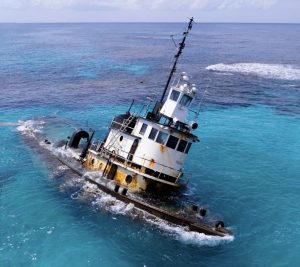
A Year Later, Stranded Tug and Barge Still Scars Reef in Fowl Cays National Park–Residents Demand Accountability
A haunting aerial view of the grounded tug and barge in Fowl Cays National Park—still embedded in coral a year later, a stark reminder of the cost of inaction. Photo
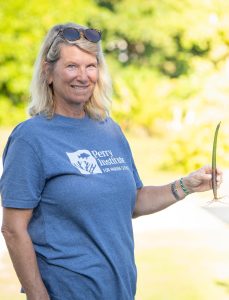
Women Leading Mangrove Restoration in The Bahamas
Have you ever wondered who’s behind the scenes saving our environment, right in our own backyard? Picture a group of energetic, determined women rolling up their sleeves and diving into
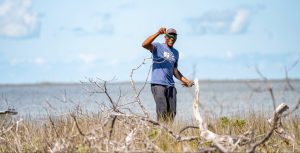
Rewilding the Marls of Abaco: PIMS Plants 100,000 Mangroves and Counting in 2024
As the afternoon sun bathes the Marls of Abaco in golden light, Bahamian boat captain Willis Levarity–locally known as “Captain to the Stars”–stands ankle-deep in soft, warm mud. A broad
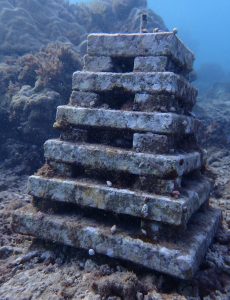
Unveiling Coral Reef Biodiversity: Insights from ARMS Monitoring Structures
An ARM teeming with new coral recruits and a diversity of marine life, highlighting reef recovery and biodiversity Understanding Coral Reef Biodiversity Most new PhDs in the natural sciences move
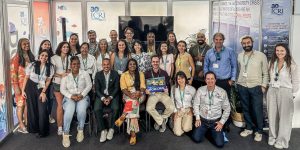
7 Key Takeaways from COP16: Confronting Coral Reef Challenges in a Changing Climate
United #ForCoral: Experts, advocates, and leaders from across the globe join forces at COP16 for the #ForCoral conference, hosted by the International Coral Reef Initiative. Together, they’re driving urgent action
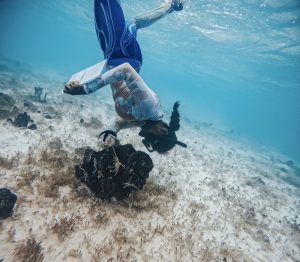
Fieldwork Wrap-Up: Strengthening MPA Management in The Bahamas
Marine protected areas (MPAs) are critical tools in the conservation of marine species and habitats, safeguarding reefs, seagrasses, and mangroves that provide vital ecosystem services to coastal communities. At the



